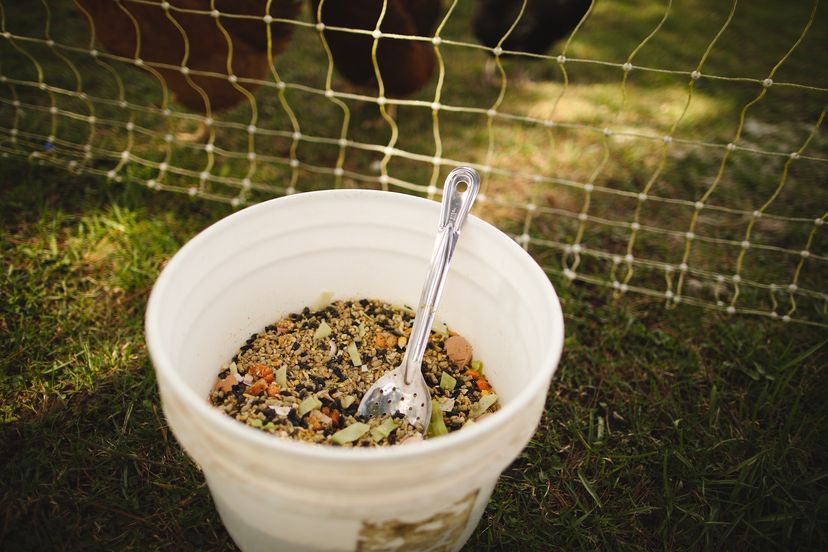
A benefit of raising your own chickens is having inexpensive, organic eggs and meat. The problem is that in many areas it's nearly impossible to get organic commercial feed and even if you can it is expensive. This is where DIY chicken feed enters the scene as a method of controlling your chicken's diet and ensuring the ingredients are all organic.
While you can order organic chicken food online, or have your feed store special order it, it's inconvenient and sometimes quite pricey. Your final cost is still less than buying commercially raised poultry products (and more humane!), but homesteaders generally have to constantly look for ways to save money.
Advertisement